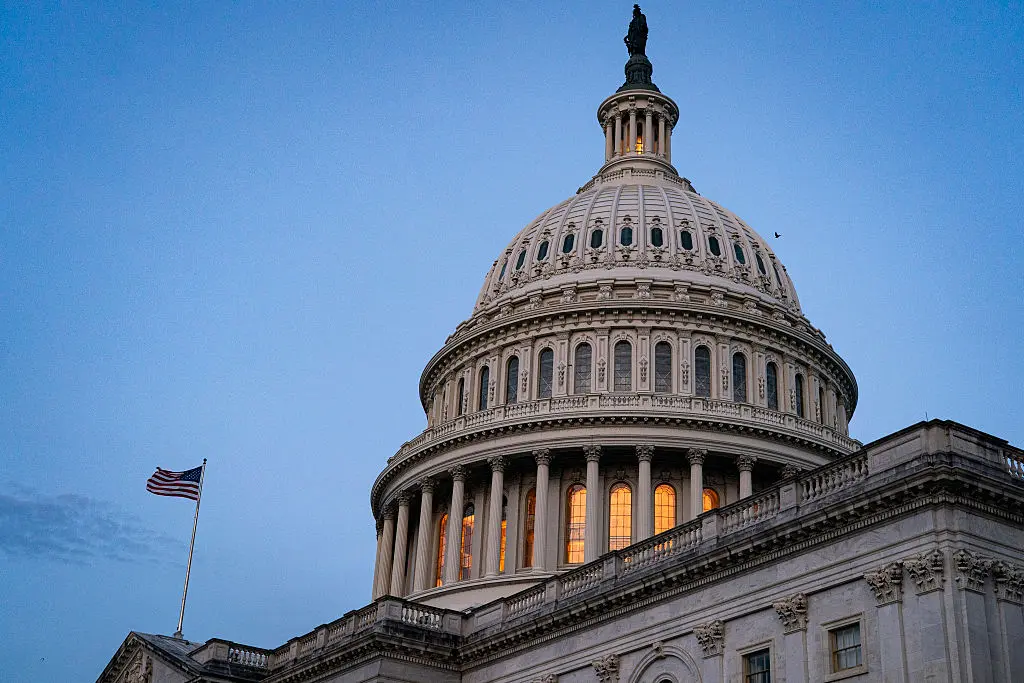The Internal Revenue Service (IRS) has sent out a special mailing to taxpayers in disaster-affected areas, letting them know they have more time to pay their taxes.
The IRS said in a statement Thursday that the special mailing was being sent out to California and seven other states as a follow-up clarification after an earlier message wrongly told them they had 21 days to pay.





